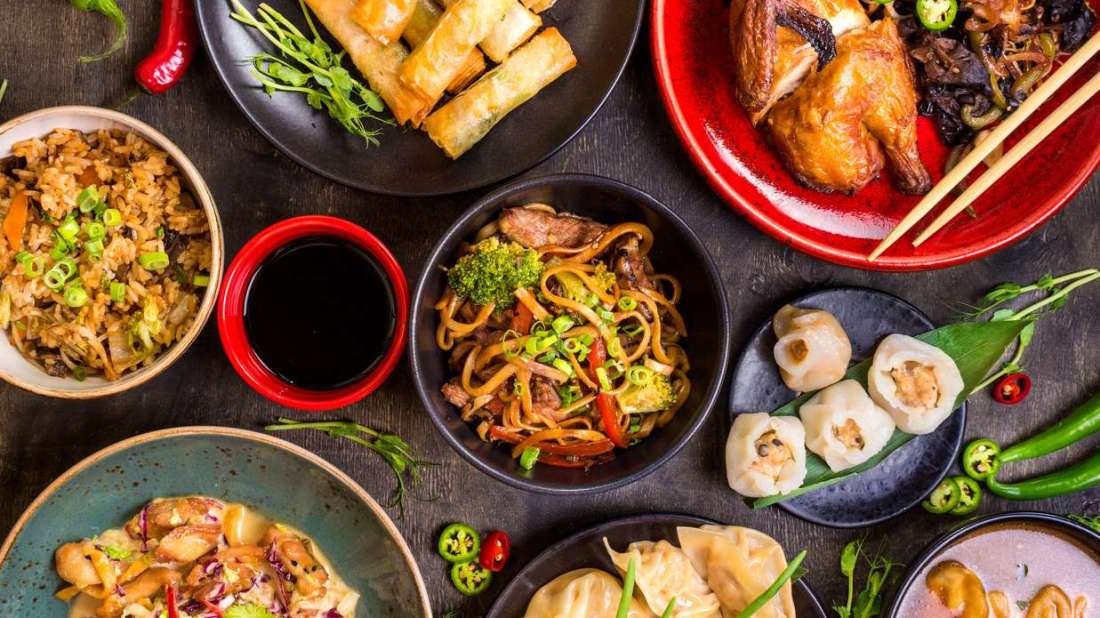When Food You Love Doesn’t Like You
Before my doctoral program – which I needed to limit to one specialty (sugar addiction) – I did research on food intolerance.
Many books on the subject begin with food responses, then take chemicals, gasoline fumes, and more to our homes and offices. As important as these things are, they are not about nutrition.

My interest in food intolerance has always been linked to their addiction.
Recently, I met J.J. Virgin, whose first book (I believe) is how to eliminate those foods to improve food intolerance and health and lose weight, appeared in a webinar. Webinar has rekindled my interest in food intolerance and addiction.
Common triggers for food intolerance include chocolate, corn, soy, wheat (or other gluten-rich foods), peanuts, milk, eggs, sugar, and other sweets.
What does food intolerance look like?
Signs and symptoms may include headache / migraine, joint pain, fatigue, drowsiness, palpitations, depression, itching, abdominal pain, bloating and more.
As digested food travels through the bloodstream, the effects of intolerance can occur anywhere in the body.
The food response can be the same every time, such as a rash.
Or the reactions may vary – say, not itching at one time and itching at other times without a rash.
The response may be increasing. Maybe a small portion of food doesn’t cause any reaction, but a portion of eating again that day, or a few days in a row, causes one.
Addiction is another potential reaction that can develop over time.
What causes food intolerance?
The reasons are many, but let’s keep it simple.
One reason is genetic intolerance or tendency towards it.
We can become intolerant of food often or in large quantities. Overeating a food uses certain enzymes to digest that food, so complete digestion is prevented.
This can cause improperly digested food particles to pass through the digestive tract and bloodstream, which can create immunity. Immature, absorbed food provides no nutrients.
We can also become responsive to a food that we eat together with other trigger foods. So the list of triggering foods can grow, resulting in malnutrition in the end.
Food responses may change over time
The guiding principle of the human body is homeostasis.
When a trigger food is first eaten, the body tries to restore homeostasis by freeing itself from unhealthy foods. It prevents absorption by attaching antibodies to partially digested food while in the gut. It can successfully eliminate food before it enters the bloodstream.
If food enters the bloodstream, it can cause inflammation. Acute reactions may be short-lived and the body may quickly return to homeostasis.

If one eats a trigger food over time, the body makes an adaptation. The immune system may be slower (or less capable) to respond. The reaction may now manifest more slowly than the acute reaction. Signs or symptoms can be chronic, sometimes hours or days.
How can it be a food addiction?
The immune response to a triggering food involves the release of stress hormones, opioids, such as chemical mediators such as endorphins (beta-endorphins), and serotonin. The combination of endorphins and serotonin can create temporary symptoms relief through analgesic action, plus mood swings and feelings of relaxation.
In this way, eating triggering food can make someone feel better instantly and even make the food feel beneficial.
The release of endorphins usually results in the simultaneous release of dopamine. The combination of these two brain chemicals and serotonin is what I have always called the “addictive package”. Avoiding food can lead to withdrawal.
After long-term use, one can eat triggering foods not to feel the pleasure of the chemical “high”, but without it can relieve pain and withdrawal. It’s almost a textbook addiction
Read more